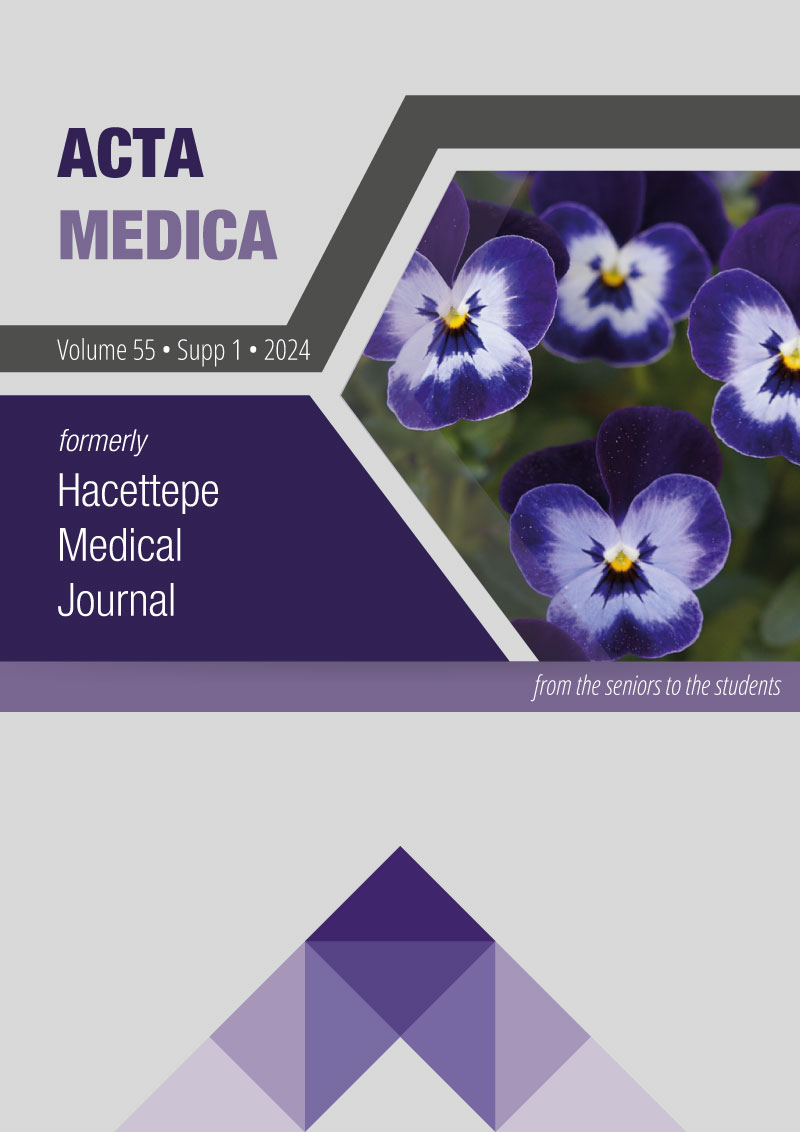Management of glucocorticoid-induced diabetes
DOI:
https://doi.org/10.32552/2024.ActaMedica.1097Keywords:
glucocorticoid, diabetes, hyperglycemia, risk factors, treatmentAbstract
Glucocorticoid-induced diabetes (GID) is a frequent metabolic complication of glucocorticoid therapy. It results from both insulin resistance and impaired insulin secretion, exacerbated by glucocorticoid use. Despite its prevalence, consensus guidelines on screening and management remain limited. GID affects approximately one in five patients receiving long-term glucocorticoid therapy. Risk factors include older age, high BMI, prediabetes, ethnicity, and high-dose systemic glucocorticoids. All patients initiated on moderate to high doses of glucocorticoids should be assessed for GID risk factors and closely monitored for the development of hyperglycemia and diabetes. In addition, glucocorticoid therapy can significantly exacerbate hyperglycemia in individuals with pre-existing diabetes, and stringent glucose monitoring is crucial. Treatment should be tailored to individual patient. Oral anti-diabetics such as metformin and sulfonylureas might be used in selected patients with mild GID. However, insulin is the primary treatment for severe hyperglycemia. Early detection and individualized management strategies are critical to mitigate GID’s impact. Further research is needed to develop consensus guidelines and optimize treatment approaches.
Downloads
Downloads
Published
How to Cite
Issue
Section
License

This work is licensed under a Creative Commons Attribution-NonCommercial-NoDerivatives 4.0 International License.


